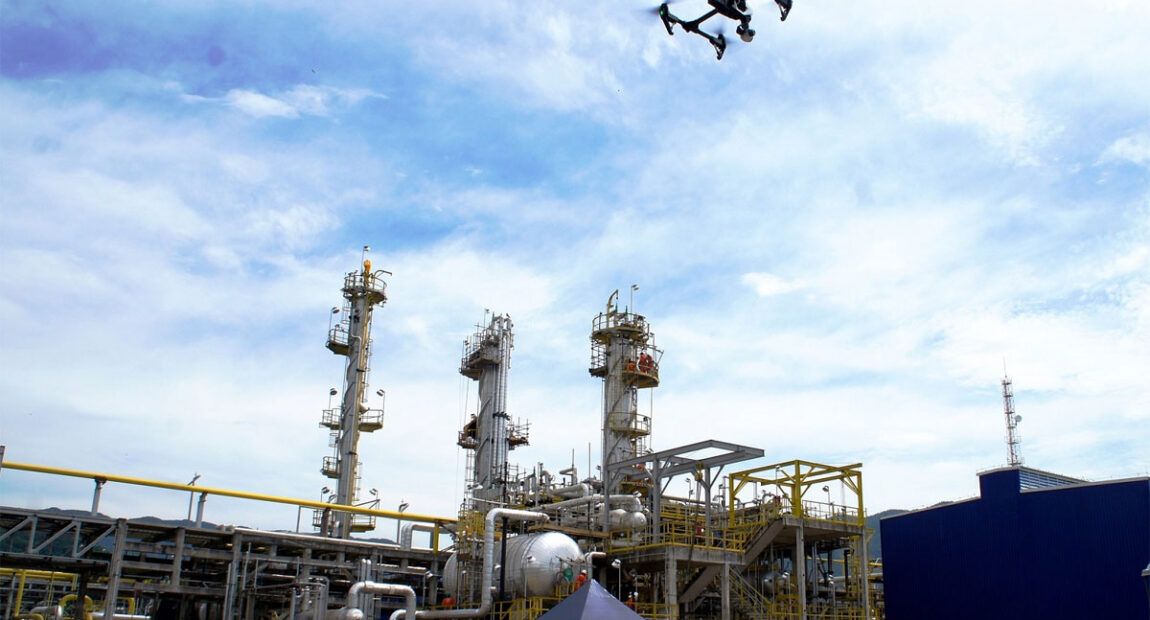
About This Service
Automated flight routes can be set up to inspect high-rising assets, creating detailed 3D point clouds without risking the safety of human operators.
Drones are easy to operate, enabling inspection teams to get high-quality data with basic training while standardizing data output and streamlining processes.
Inspection processes are closed-loop, ensuring data integrity.
Access to such drone technology allows Dronector Ltd to carry out a close visual inspection of your plant or equipment without going offline, offering significant cost savings and increased operational efficiency.
THERMAL INSPECTIONS
Gain real-time temperature readings of assets using drones equipped with radiometric thermal sensors to immediately identify abnormalities.
Drones can capture the asset from multiple angles and are easy to operate so that crucial details are not missed.
Drones are easy to operate, taking off in minutes, and are not limited to strict set-up requirements, enabling timely responses.
Teams can get visual and real-time temperature readings on all parts of the assets to quickly identify issues and address them.
Benefits of using drones for industrial inspections
- Reduced risk. Inspector no longer has to be put into potentially dangerous situations.
- Savings—temporary structures. Savings as a result of not needing to build scaffolding or other temporary, one-use infrastructure to support a manual inspection (as applicable—not all inspection scenarios require scaffolding).
- Savings—downtime. For assets like nuclear power plants or pressure vessels, which need to be shut off before an inspection can be performed, every second of downtime means a loss of revenue. Using a drone to make turnarounds more efficient can mean big savings for companies that use these assets in their operations.
- Savings—liability insurance. By significantly reducing the amount of time personnel is placed in dangerous situations companies can reduce their corresponding insurance costs.
- Increased safety through increased inspections. Given the relatively low cost of drone inspections, many companies are using them to perform inspections more regularly, which means that potential problems can be surfaced and addressed more quickly.
- Better records. Drone data represents a meticulous record of the condition of an asset over time. By archiving visual data, companies have a digital footprint of the asset’s life history that can be accessed at any time.

